Stagecraft, Creativity and Beyond
Theater isn’t just about the actors that grace the stage; it’s about the alchemy of elements that come together to transport the audience into another world. That’s where the magic of stagecraft enters.
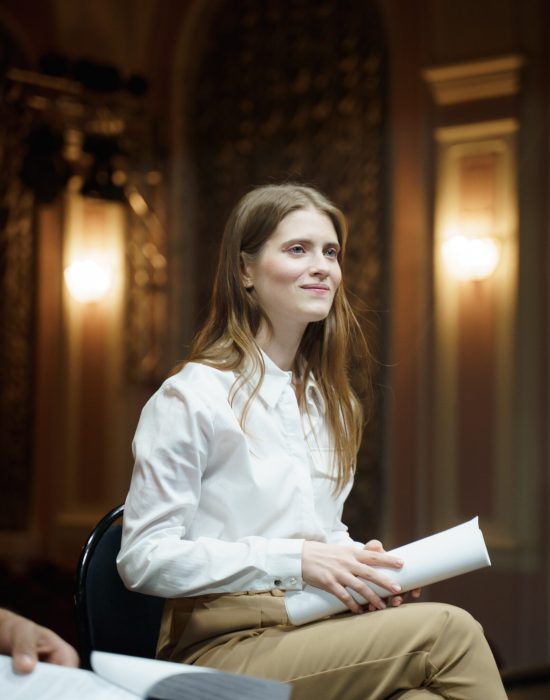
Introduction to Stagecraft
The magic of theater is not just in the actors’ performances but in the intricate world of stagecraf behind the scenes. Originating from ancient Greek amphitheaters and evolving through Shakespearean dramas, is the art and science of theatrical design and production. It has constantly evolved, blending traditional practices with innovative techniques. Ancient civilizations introduced mechanical devices and painted scenery, enhancing the depth of stories told on stage.
The Industrial Revolution further revolutionized craft, introducing new materials and technologies. Writepaper can write perfect essay about it. Today, the world of craft has embraced digital innovations, from holograms to immersive sound designs. But at its core, remains an artistic endeavor, seamlessly merging the past and the present, art and technology. It’s the silent force that elevates theater, making every performance a memorable journey for the audience. Whether in grand opera houses or intimate community theaters, craft is the heartbeat of theatrical magic.
Essential Elements of Stage craft
In the realm of theaters craft stands as the pillar that upholds the world depicted in a narrative as analysis essay writing service essayservice.com in education. It goes beyond mere decoration; it’s about constructing an immersive environment, molding the atmosphere, and giving depth to the characters. Here’s a deeper dive into the fundamental elements of craft:
Set Design and Construction:
More than just a backdrop, the set becomes a character in its own right. It’s where stories come alive, settings shift, and narratives evolve. Stage crafters employ a myriad of materials, from wood and metal to digital projections, creating dynamic spaces that change in tandem with the story. Whether it’s the bustling streets of a Dickensian town or the stark minimalism of a Beckett play, set design holds the power to transport audiences.
In today’s fast-paced world, the demand for efficient and reliable writing services has skyrocketed. This is where myessaywriter comes into the picture, offering a unique blend of creativity and professionalism. The service is designed to cater to students, professionals, and anyone in need of high-quality writing assistance.
Lighting Techniques:
Lighting is the unsung hero of many a production. It dictates mood, guides focus, and crafts ambiance. A soft, diffused light can evoke a dreamy morning, while sharp, contrasting shadows can indicate tension or mystery. Technological advancements have allowed lighting designers to manipulate LED lights, spotlights, and even integrate visual effects, offering a dynamic palette to paint each scene’s emotional tenor.
Costume and Makeup:
These elements give life and context to characters. The detailed intricacies of a Renaissance gown or the futuristic attire of a space opera instantly provide insights into the setting and epoch of the narrative. Makeup further accentuates this, adding age, emotion, or even fantastical elements to characters. The choices made in fabrics, colors, and styles speak volumes about socio-cultural backgrounds, character personalities, and the broader world they inhabit.
Sound and Acoustics:
Often understated but profoundly impactful, the realm of sound in stagecraft is vast. From the subtle chirping of crickets on a summer night to the crescendo of an orchestral piece during a climactic moment, sound dictates the heartbeat of a play. Sound engineers and designers work in tandem, ensuring clarity of dialogue, amplifying effects, and embedding musical motifs that resonate with the audience, creating an auditory landscape that complements the visual.
Together, these elements of craft weave a tapestry that envelops audiences, making each theatrical journey unique, memorable, and deeply moving. The magic lies not just in the individual elements but in their symphony, orchestrated by skilled crafters dedicated to the art of storytelling.
The Role of Creativity in Theatrical Productions
At the nexus of art and technicality lies the boundless realm of creativity in theater. It’s the driving force, the spark that ignites the fusion of imagination, yielding performances that remain etched in memory long after the curtain falls.
Evolution of Ideas:
Just as a painter sees a canvas differently each time, a theatrical creator sees the stage as a fluid, ever-changing space. With every production, there’s an evolution of ideas, an urge to do something novel, and bring forth a unique vision. This evolution stems from an interplay between the narrative, socio-cultural influences, personal experiences, and technological advancements.
Interdisciplinary Collaboration:
Modern theatrical productions often see a mingling of various art forms. Choreographers, visual artists, digital designers, and musicians come together, blending their expertise. This collaborative energy fuels creativity, where each contributor adds layers to the final masterpiece.
Challenging the Status Quo:
The realm of theater has always been a space for reflection, critique, and innovation. By challenging conventional theatrical norms, artists push the envelope, exploring themes, narratives, and ecraft techniques that might be deemed avant-garde. The renowned crafters Theater is a testament to this spirit, where every production is an exploration, a question, and often, a revelation.
Embracing Technology:
In the digital age, the infusion of technology in theater has opened avenues previously unimagined. Holographic actors, augmented reality backdrops, or interactive sets – these aren’t just gimmicks but creative tools. When employed judiciously, they amplify the narrative, making it more immersive and experiential.
Personal Touch:
Personal Touch: Every creator brings their personal touch, their unique signature to a production. This individuality, combined with a deep understanding of craft, ensures that no two productions are ever truly identical. It’s this personal flair, this intimate connection between the creator and the creation, that makes theater a deeply emotional and transformative experience for the audience.
Modern Innovations in stagecrafters
The theater has always been a mirror to society, reflecting its evolution, aspirations, and innovations. As we delve deeper into the 21st century, continues to undergo a metamorphosis, imbibing the best of technological advancements. Here’s a look at some modern innovations that are reshaping the world of craft:

Projection Mapping:
Gone are the days when backdrops were static, painted canvases. Today, through the magic of projection mapping, stages come alive with moving visuals, 3D animations, and interactive scenarios. This technology allows for the seamless blending of physical sets with digital imagery, creating mesmerizing, ever-changing landscapes that respond in real-time to the narrative or even actors’ movements.

Advanced Sound Systems:
Acoustics in stagecrafters theater have reached unprecedented levels of clarity and precision. New-age sound systems, equipped with spatial audio techniques, ensure that sound travels uniformly, maintaining its quality. Whether it’s the rustle of leaves, a character’s heartbeat, or the powerful crescendo of an orchestra, every nuance is captured and relayed, making the audience feel as though they are within the story.
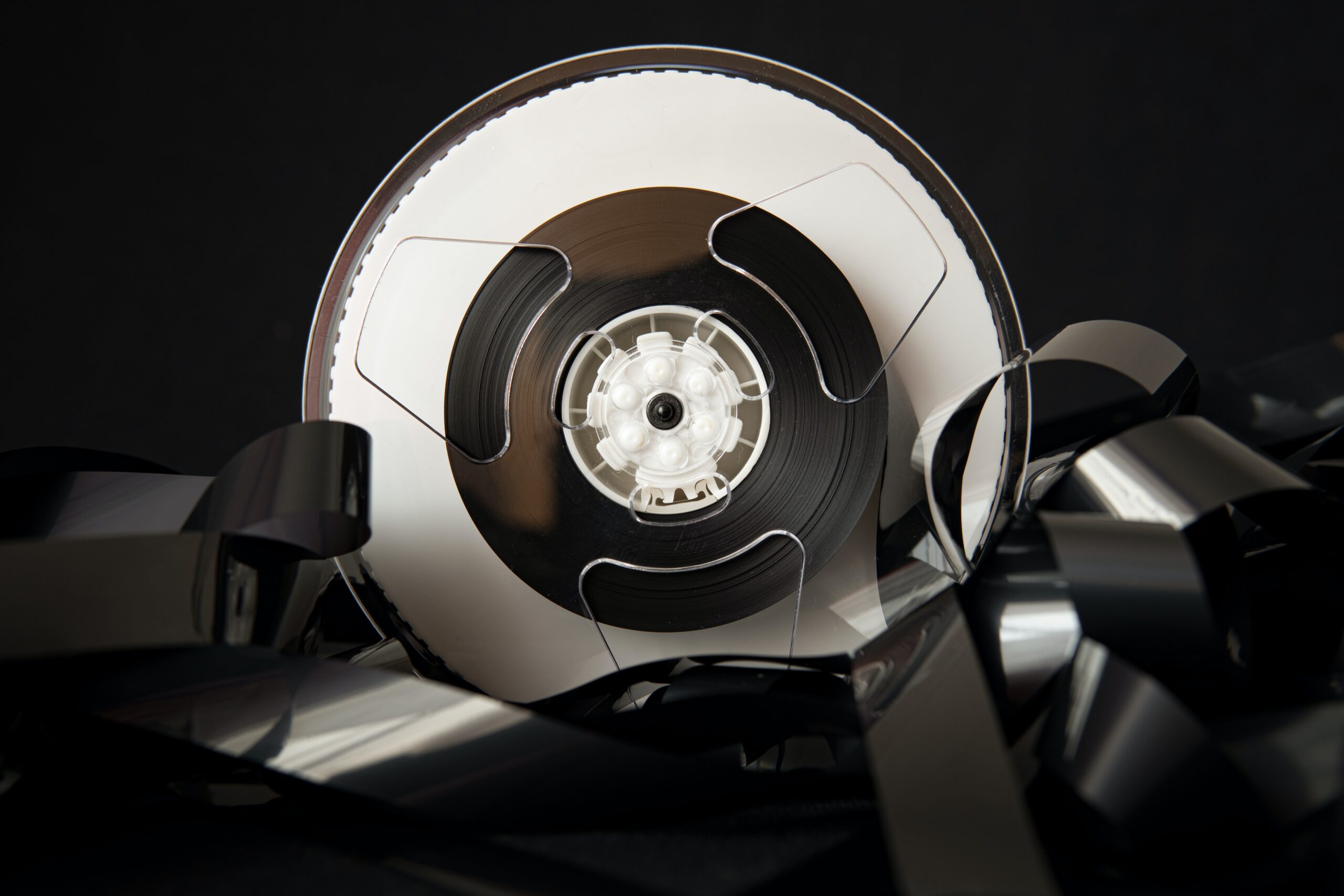
Augmented and Virtual Reality:
AR and VR have slowly started making their way into theater. These technologies can transport audiences to entirely different realms, from historical epochs to futuristic galaxies. They can also be used for interactive plays where the audience becomes a part of the narrative, choosing paths and influencing outcomes.
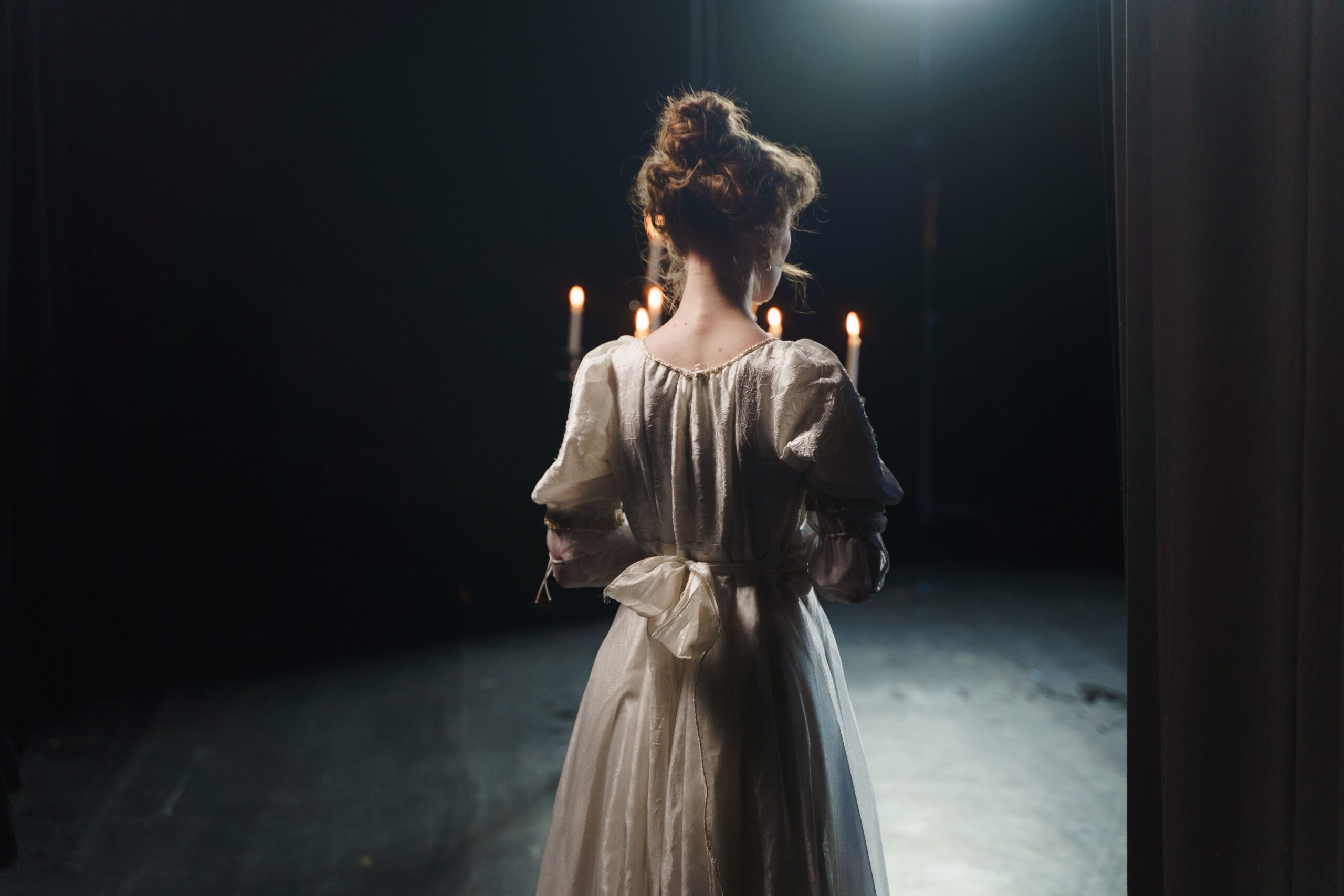
Automated Set Changes:
Automation has brought about a revolution in how sets transition during a performance. With the integration of robotics and advanced machinery, crafters can now effect rapid set changes, seamlessly transitioning between scenes and ensuring fluidity in the narrative.

Eco-friendly Innovations:
In a world growing increasingly conscious of its ecological footprint, craft too has seen innovations aimed at sustainability. From eco-friendly materials for sets and costumes to energy-efficient lighting systems, the theater is becoming greener, aligning with global sustainability goals.
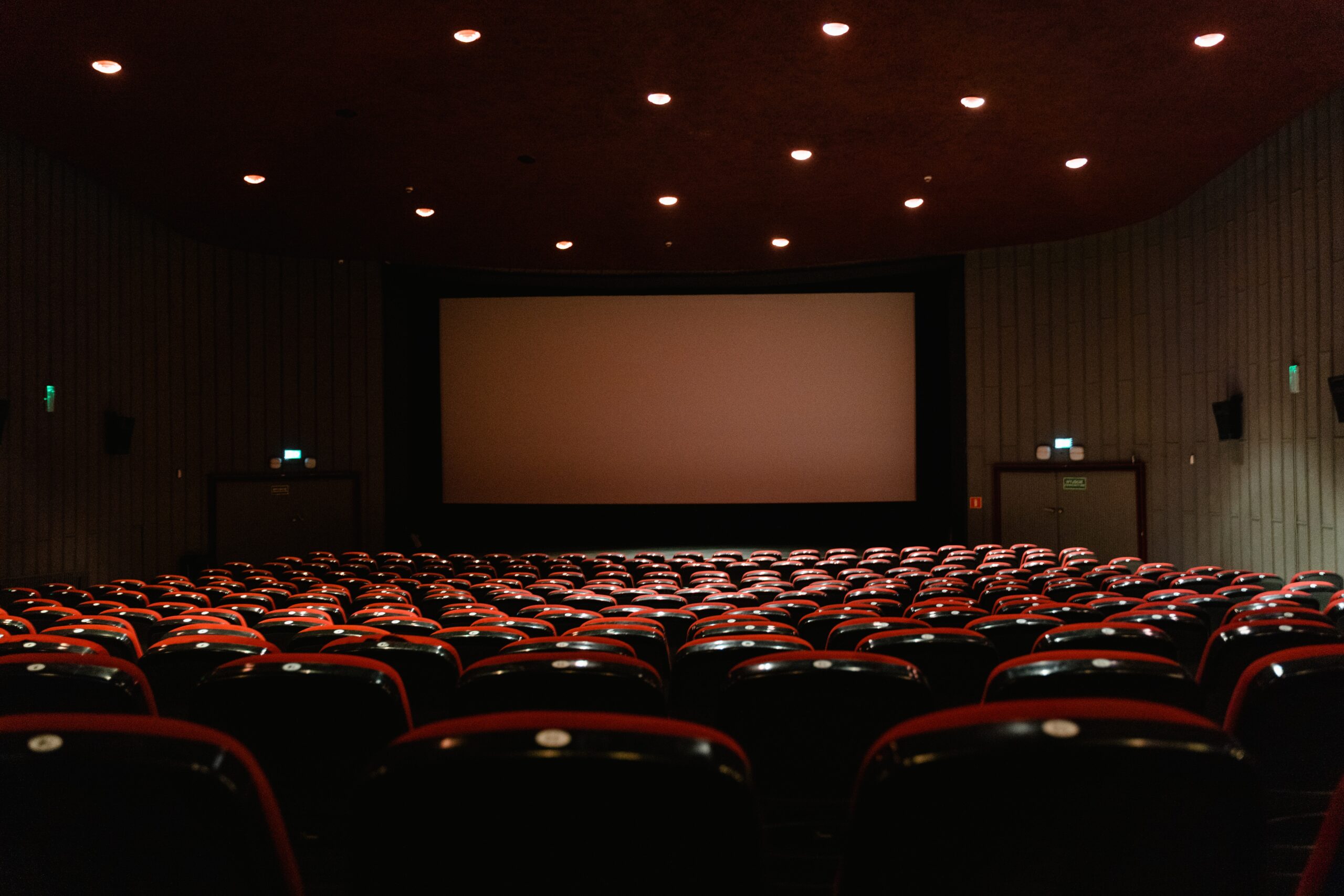
Digital Costuming:
Beyond physical fabrics and materials, digital costuming is emerging as a trend, especially in avant-garde theater productions. Using advanced projection and tracking systems, actors can don digital costumes that change in real-time, adapting to the narrative’s demands.
Beyond the Stage: Applying Stagecraft in Other Fields
Craft’s influence extends beyond the proscenium arch of theaters. Its essence, which masterfully blends ambiance and storytelling, finds resonance in various domains:
Events and Festivals: Music festivals to corporate events harness elements, employing lighting, sound, and set designs to shape memorable atmospheres.
Art Installations: Today’s art galleries often feature immersive installations, a marriage of artistic intent and technical techniques, offering dynamic experiences.
Film and Television: Elements of craft, especially set design and lighting, find their way into film studios and live broadcasts, enhancing visual storytelling.
Retail and Hospitality: Establishments now curate experiences. From thematic décor in restaurants to ambient lighting in stores, traces of craft amplify the customer journey.
Interactive Exhibits: Science centers, trade fairs, and educational setups embrace craft to craft engaging displays, making visitors participants rather than mere observers.
In conclusion, craft, rooted in theater, has sown its seeds far and wide. Its principles, adaptable and impactful, echo in various sectors, highlighting its universal appeal and the omnipresence of its artful touch in crafting experiential spaces.

The Importance of Collaboration
Stagecraft is essentially a symphony of collaboration. When actors, directors, and technicians harmonize their skills, the outcome is often magnificent. The stage crafters, the unsung heroes, work tirelessly behind the curtains, ensuring every cue is perfect, every prop in place, and every light shining just right. Their silent yet significant contributions breathe life into a director’s vision.
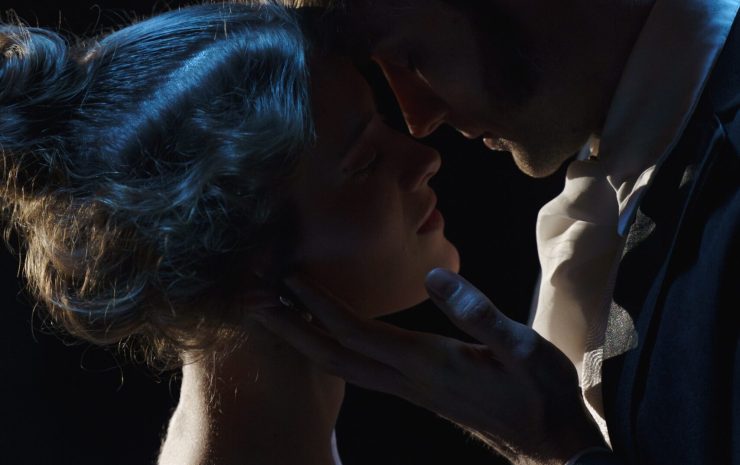
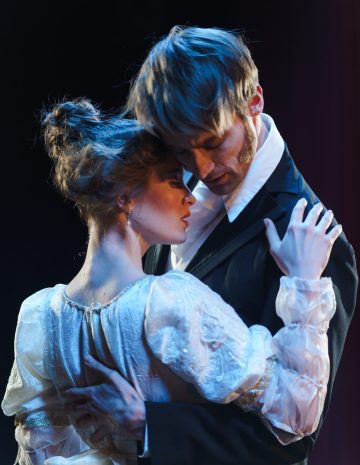
Global Influences & Diverse Traditions
As with many art forms, craft too has been enriched by global influences. From the elaborate Kabuki stages in Japan to the simplistic yet evocative setups of European plays, craft has borrowed, learned, and evolved. Understanding these diverse traditions not only provides a richer vocabulary but also fosters a more inclusive approach to storytelling.


Inspirations: Iconic Productions and Their Impact
Every era in theater has its iconic productions, ones that have redefined stagecraft and inspired countless others. These productions, with their groundbreaking techniques, have been instrumental in shaping the industry. They serve as a testament to the boundless possibilities that lie within the realm of craft and creativity.